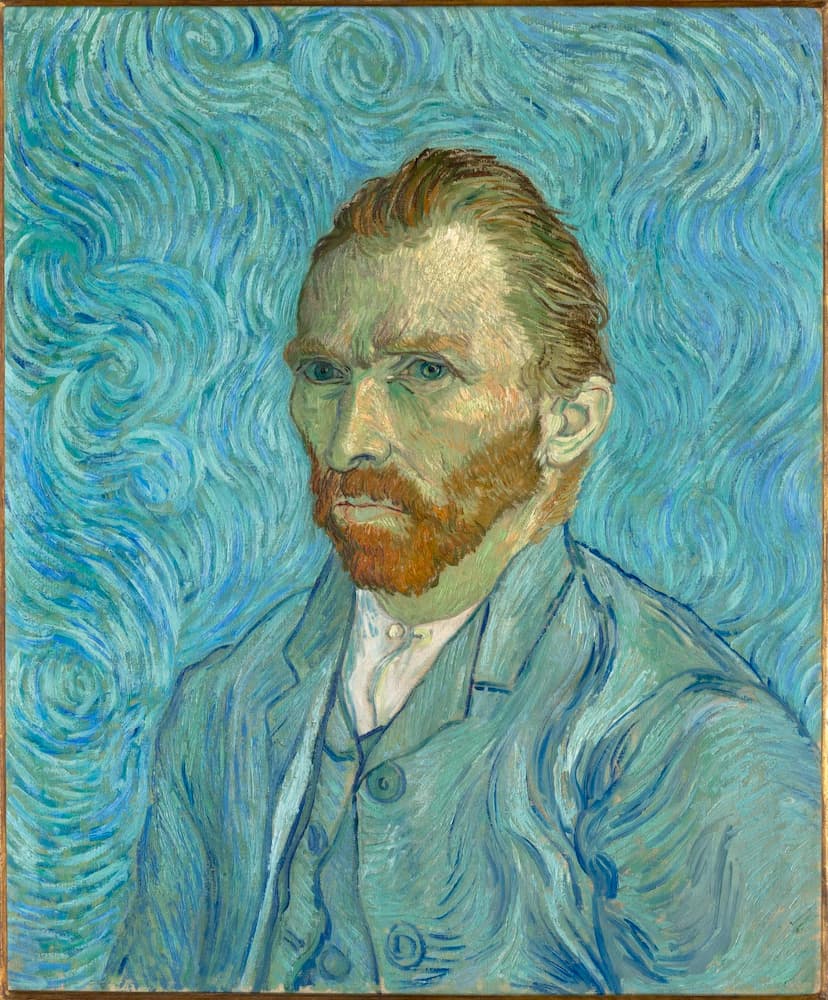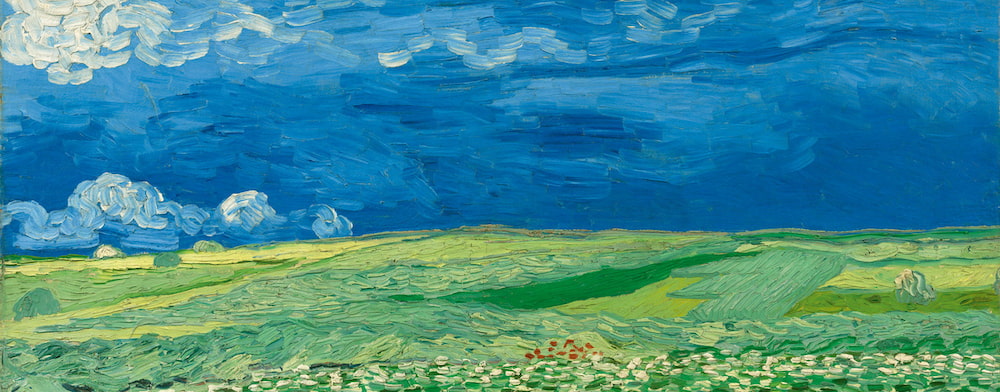Van Gogh in Auvers-sur-Oise.
The Final Months
From 3 October 2023
to 4 February 2024
Orsay Museum
Esplanade Valéry Giscard d’Estaing
75007 PARIS

Presented at the Musée d’Orsay in the autumn of 2023, this exhibition is the first devoted to the works created by Vincent van Gogh (1853-1890) during the last two months of his life in Auvers-sur-Oise, near Paris. The exhibition marks the culmination of years of research into this crucial phase of the artist’s life and will finally allow the public to appreciate it in its full dimension.
Vincent van Gogh (1853-1890)
Champ de blé sous des nuages d’orage
1890
Oil on canvas, 50,4 x 101,3 cm
Amsterdam, Van Gogh Museum (Vincent van Gogh Foundation)
Photo press office. © Van Gogh Museum, Amsterdam (Vincent van Gogh Foundation)
Vincent van Gogh arrived in Auvers-sur-Oise on May 20, 1890, and passed away on July 29 following a suicide attempt. Although the painter spent just over two months in Auvers, this period witnessed an artistic revival, characterized by a unique style and artistic development influenced by the psychological tension arising from his new circumstances. It was also a time when he created some of his greatest masterpieces.
After enduring various crises in Arles and at the Saint-Rémy asylum, Van Gogh sought a fresh creative impulse by moving closer to Paris and his brother Theo. His choice of Auvers was influenced by the presence of Dr. Gachet, a physician specializing in the treatment of melancholia, who was also a friend of the Impressionists, a collector, and an amateur painter. Van Gogh settled in the heart of the village at the Ravoux Inn and explored all aspects of the new world around him, all the while grappling with numerous concerns related to his mental health, his relationships with his brother, and his place in the art world.
No exhibition has been exclusively dedicated to this final, yet crucial, stage of his career. In just two months, the artist produced 74 paintings and 33 drawings, including iconic works such as “Dr. Paul Gachet,” “The Church at Auvers-sur-Oise,” and “Wheatfield with Crows.” Comprising approximately forty paintings and twenty drawings, this exhibition will shed light on this period through a thematic approach, exploring the early village landscapes, portraits, still lifes, and countryside scenes. It will also showcase a series of paintings in an elongated double square format, a unique feature in Van Gogh’s body of work.
This exhibition is organized by the Public Establishment of the Museums of Orsay and Orangerie in Paris, in collaboration with the Van Gogh Museum in Amsterdam, which will host the exhibition from May 12 to September 3, 2023, to commemorate its 50th anniversary.
Vincent van Gogh (1853-1890)
Autoportrait
1889
Oil on canvas
65 x 54 cm
Paris, musée d’Orsay
Photo press office. © Musée d’Orsay, dist. RMN / P. Schmidt

